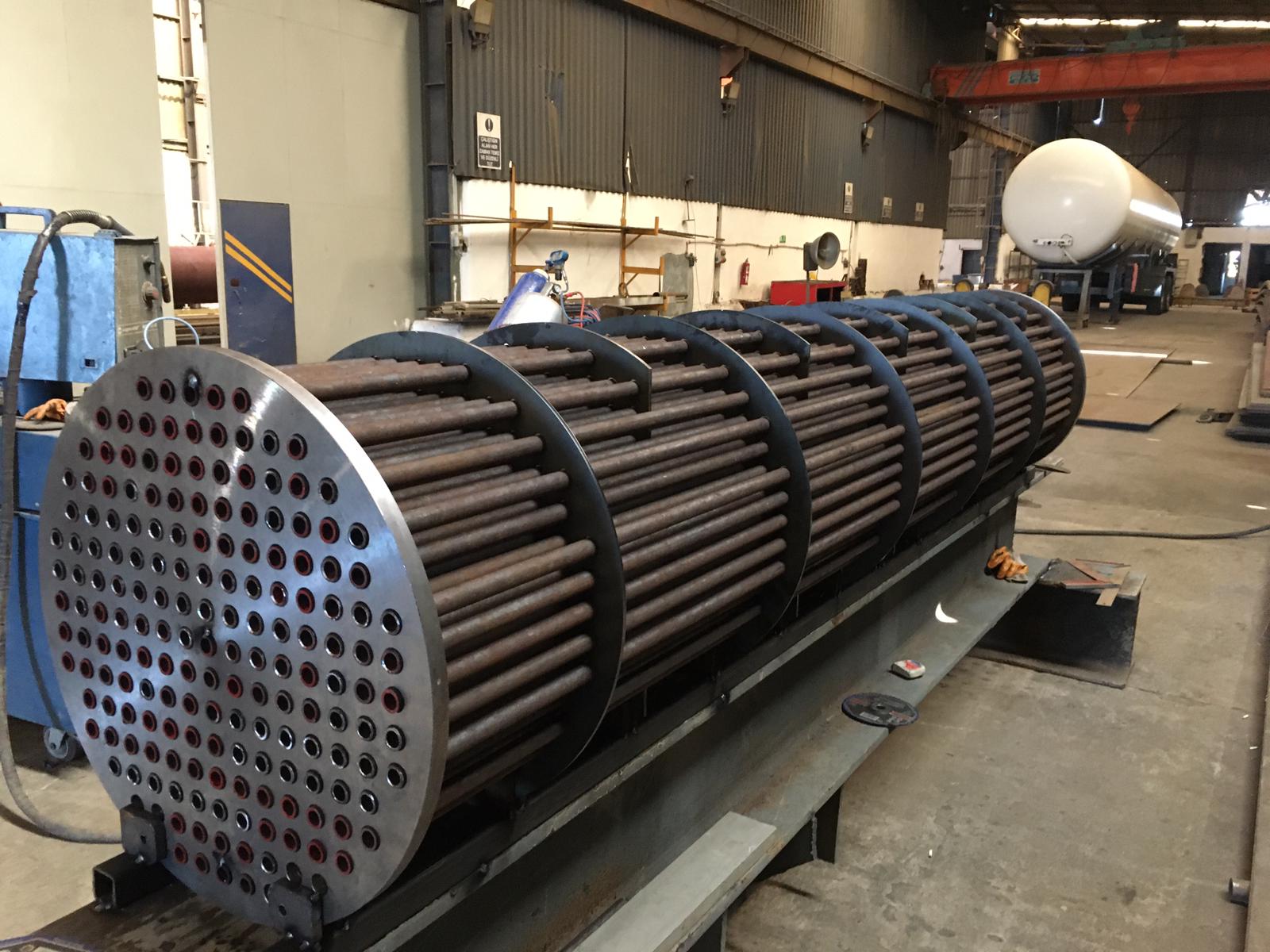The installation stages of modular refineries are as follows:
1. Planning and Design: The first step in installing a modular refinery is to plan and design the refinery based on the specific requirements. This involves determining the desired processes, equipment, and product types that will be used in the refinery.
2. Module Fabrication: The required components and equipment for the modular refinery are manufactured in a factory setting. These components are typically produced in standardized sizes and in the form of modular units that can be easily assembled.
3. Transportation and Assembly: The modular refinery units are transported from the fabrication facility to the installation site. This transportation is usually done using heavy transport vehicles or by sea. Once on-site, the modular refinery units are assembled. The assembly process involves correctly sequencing and connecting the components.
4. Site Preparation: The installation site needs to be prepared with the necessary infrastructure for the modular refinery. This may include ground leveling, concrete foundation construction, and the provision of electricity and water supply.
5. Piping and Connections: Pipelines are laid and connections are made between the modular refinery units. This enables the flow of materials between the processing units and facilitates communication between the units.
6. Control Systems and Testing: Control systems are installed and tested for the modular refinery units. This ensures automated control of the units and proper functioning of the processes. Additionally, the processing units and equipment are tested, and any necessary adjustments are made.
7. Commissioning: Once the modular refinery units are completed and tested, they are commissioned for operation. This involves starting the refinery operations and initiating production activities.
The installation stages may vary depending on the scale and complexity of the project. Each stage requires careful planning, supervision, and safety measures. Professional engineers and equipment providers typically oversee and manage the installation process.
Pros and Cons of Modular Refineries:
* As an example,while the capital expenditure for a 100,000 barrels per day (bpd) refinery is approximately $1.5 billion or more, a 20,000 bpd modular refinery costs around $250 million. Therefore, accessing funds for modular refinery modules is easier.
* The production lead time for the construction of facilities, equipment, and machinery for a 100,000 bpd facility is between three to four years. In contrast, modular refineries with a daily capacity of 20,000 bpd can be commissioned in 18 to 20 months.
* The modular system allows the refinery's capacity to be expanded to 100,000 barrels per day in structured increments. Increases can be financed with cash flows from Phase 1 and subsequent phases, thus avoiding additional debt for refinery expansion. The expansion of modular plant capacity can be carried out without interrupting the production of existing equipment and facilities. This is not the case with large-capacity refineries.
* Income streams and payback periods for modular refineries are faster compared to large-capacity refineries.
* One of the major drawbacks of modular refineries is that they are semi-automated and less labor-intensive, meaning they do not create a significant number of direct jobs. For example, a 20,000 bpd modular refinery may employ 20 to 30 personnel. Most of the generated secondary jobs are location-dependent.
* By establishing two or more facilities in a single site, multiple types of crude oil can be processed simultaneously, and if one facility goes offline, the others can continue to operate. Plant sizes can be incrementally increased.
* They can be installed and operational within a few weeks after arriving at a fully prepared and completed site.
* Some modular facilities allow a single operator to restart the facility in less than four hours without a cold start and fully operate it.
* Some modular facilities can be made fully automated, with all product temperatures and flows automatically controlled once an operator sets all control points. If a product specification deviates or a potentially hazardous situation arises, the facility automatically shuts down to a safe state without the need for operator intervention. A "First Out" alarm indicates the reason for shutdown with a flashing red light.
In summary, modular refineries can be commissioned quickly and easily. These types of refineries often operate at optimum capacity. The relatively lower investment cost facilitates private investors' access to funds and entry into the refining business, potentially helping the government create employment opportunities for our young engineers, technology experts, and technicians.

